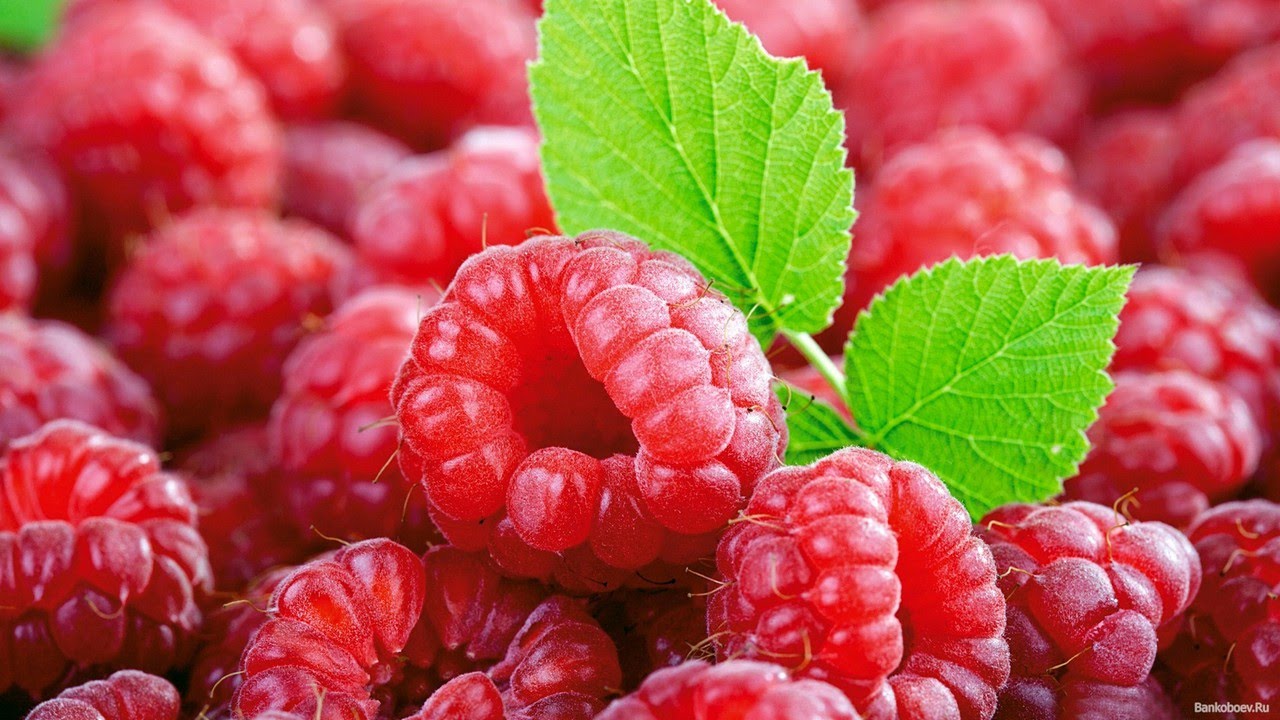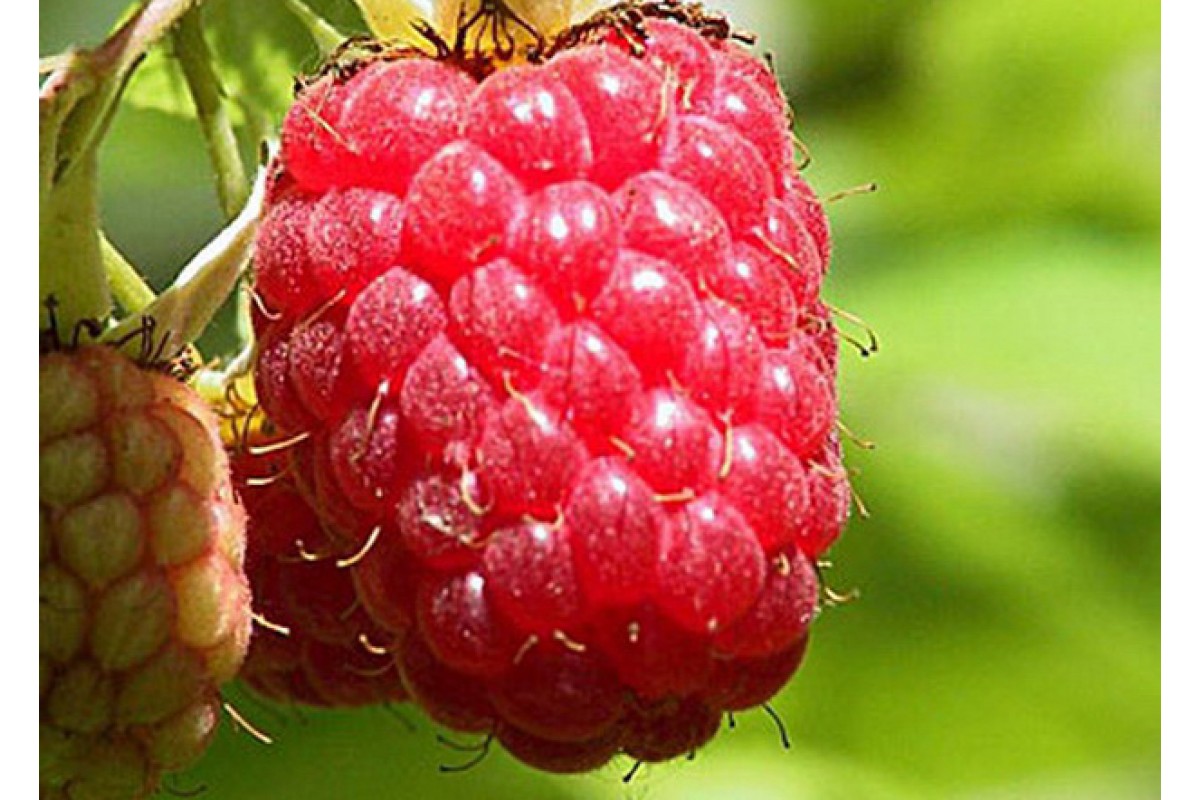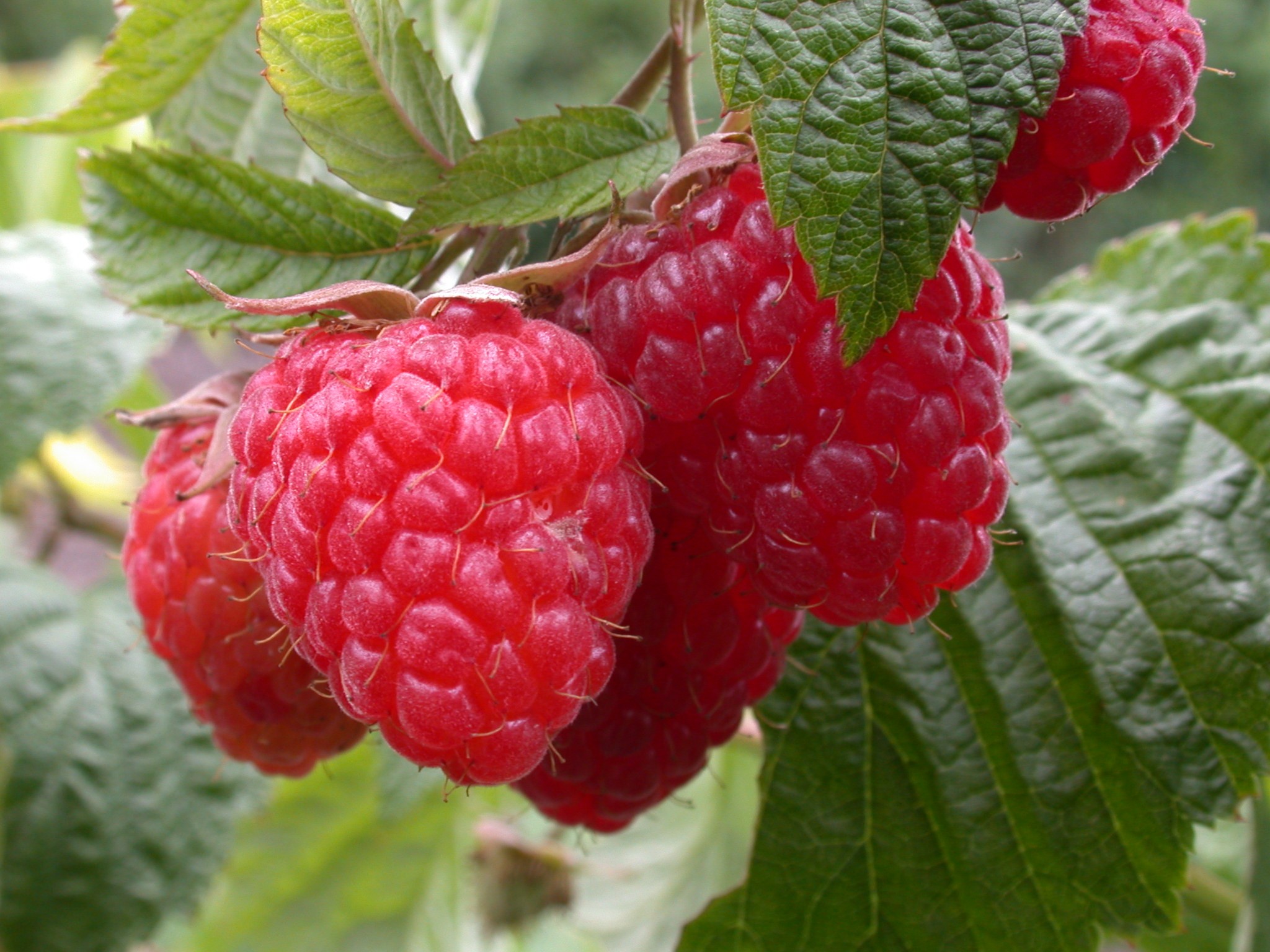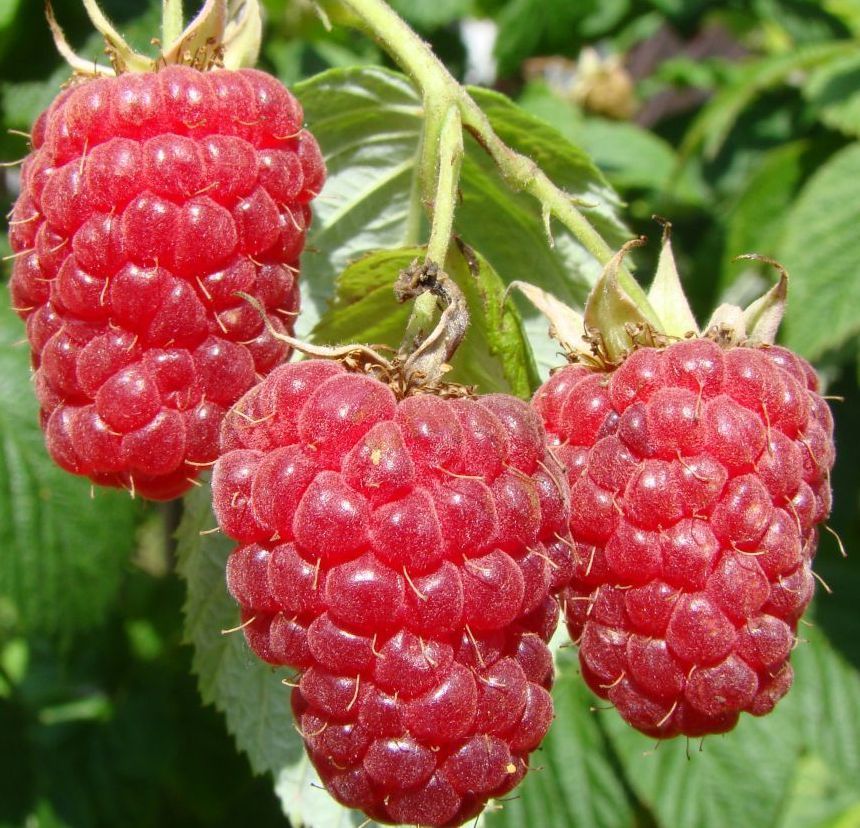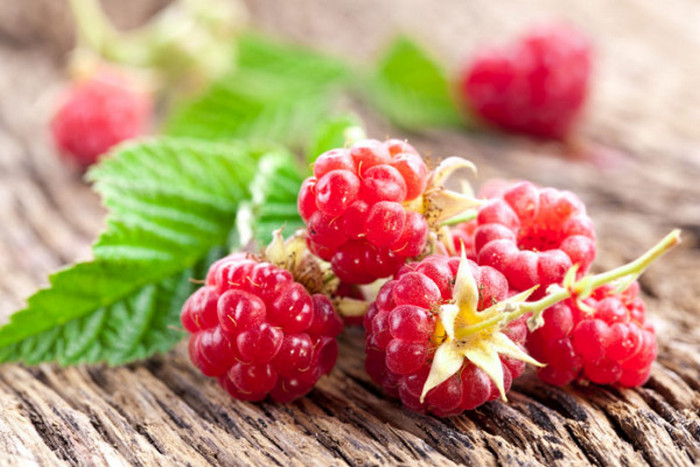Content:
Raspberries have long been known for their medicinal and flavoring properties. On the territory of Russia, the cultivation of this agricultural crop is very common. Breeders from year to year are trying to develop new, more unpretentious varieties that give a bountiful harvest. Therefore, many gardeners have heard the term "standard" variety, i.e. tree-like. Raspberry Krepysh belongs to this category. This variety is relatively young, was bred at the turn of the 20th century. It is a raspberry tree with no leaves on the trunk (from root to crown). Visually, the Krepysh raspberry tree looks more like a bush up to 2 meters high. But its trunk is notable for its strength, and when the desired height is reached, the stem begins to branch out, thereby forming a “cap” resembling the crown of a tree.
Features of the Krepysh variety
The description of the variety for Krepysh raspberries is standard, characterized by the following features:
- The height of the culture varies from 1.5 m to 1.8 m, the wood of the trunk is distinguished by its special strength, flexibility and the complete absence of thorns;
- It belongs to a mid-early variety, the first berries ripen by mid-June on last year's shoots. Ripening of berries is observed uneven, due to this, fruiting occurs throughout the summer;
- The first crop can be harvested a year after planting, but it will not differ in particular fertility. The highest yield is achieved in 4-5 years, fruits are concentrated in the upper part of the plant;
- From one tree, you can collect an average of about 4-5 kg of berries per season;
- When fully ripe, the berries do not crumble from the bush, but over time they lose moisture and shrink. An overripe berry can crumble into its component parts during assembly;
- The fruit is easily separated from the stalk, after harvesting it retains its excellent appearance for a long time (does not flow), it is well stored, which is very convenient during transportation;
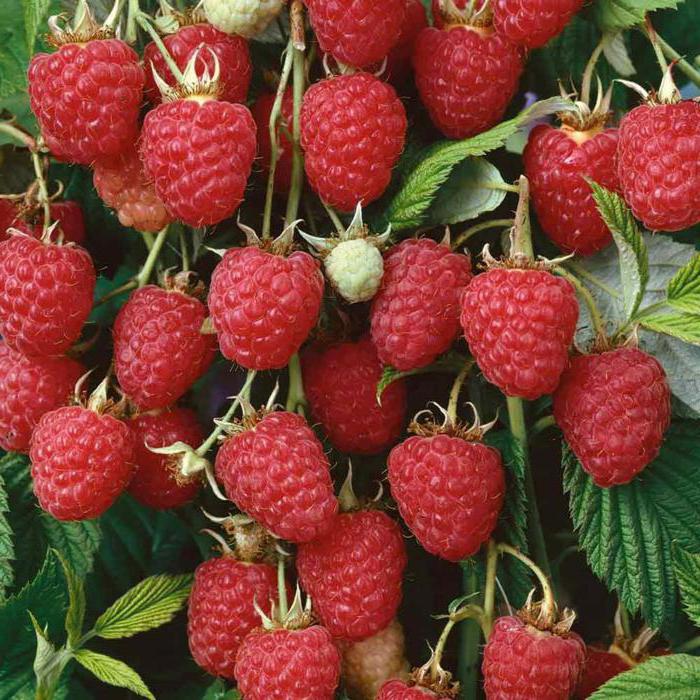
Raspberry Fruits Strong
- Frost resistance is very high, the Krepysh tree can easily withstand temperature drops up to "minus" 30 degrees, but is very unstable to sudden changes in temperature;
- The tree is rarely affected by pests;
- Raspberry fruits can grow to large sizes (1/2 matchbox), the weight of one berry can reach up to 10 grams, they have a rich matte raspberry-red hue, sweet and sour taste, cone-shaped regular shape with a blunt end, dense texture;
- The variety is ideal for preparing compotes, preserves, marmalades, jellies. Due to their dense consistency, the fruits must be frozen.
The main characteristic of the variety, according to amateur gardeners, lies in the strength and thickness of not only the main trunk, but all branches. Due to this, the tree rarely needs a garter and additional supports. An exception is planting a plant in a place not protected from the winds. In this case, additional support in the form of a fence is required. The budding gardener should take note of this.
The color of the shoots changes from year to year. The annual plant is characterized by a bright green hue. The next year, yellow colors are present in the color scheme. In this case, the growth of leaves occurs at least 30-40 cm from ground level.
Raspberry Krepysh does not have a large root system, so reproduction creates a number of inconveniences, but it is not required, as with other varieties of raspberries, to remove excess germinating rhizomes.
In the first year, the number of shoots on the tree will be small, so do not be surprised at the lack of flowering.But already next year, buds and the first flowers with a diameter of no more than 1 cm will appear, and after 3-4 years the number of flowers will increase several times. A blooming tree Krepysh is able to decorate any household plot, resembles a miracle shrub, since the flowers are located very densely in the upper part of the plant at a distance of several cm from each other, tilting the inflorescence down.
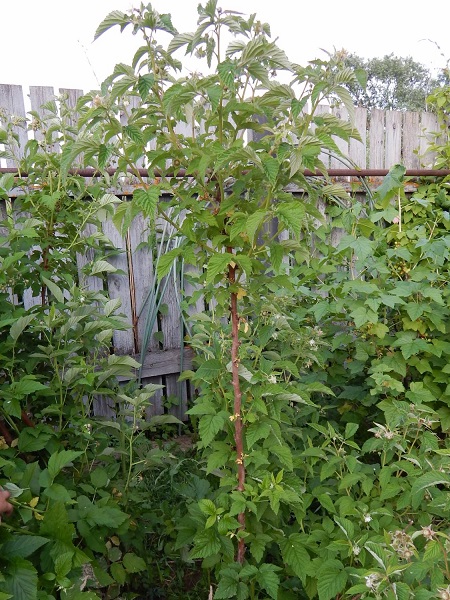
Raspberry Krepysh looks like a bush
Selection of seedlings
An important factor in a good harvest is the choice of Krepysh raspberry seedlings.
When buying, you should pay attention to the following points:
- the base of the trunk, which should be at least one cm in diameter;
- the stem should be dense, strong, even, with a developed root system (have many small roots), this is the key to the quick survival of the seedling;
- the presence of at least 3 buds is mandatory, otherwise the tree may not take root, since the seedling is very young;
- the length of the stem does not matter, the main factor is its thickness.
Note! After purchasing seedlings, it is recommended to wrap their root system with a damp cloth and plant them in the ground as soon as possible.
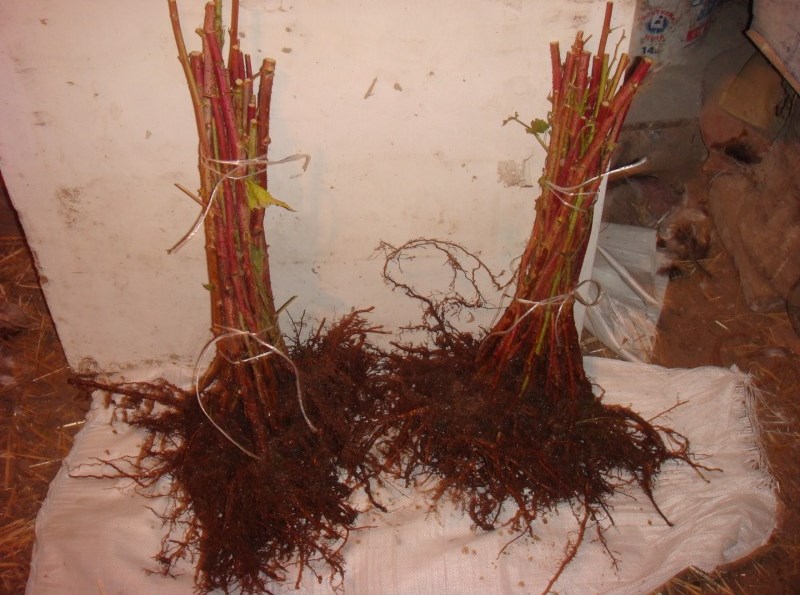
Raspberry seedlings Krepysh
Choosing a landing site
The most favorable place for Krepysh is considered to be a site where direct sunlight freely falls, but at the same time there is protection, for example, in the form of a wall, from being blown by winds, which are especially dangerous in winter, as they can lead to the freezing of seedlings. Breeders believe that the most favorable location of the plant is from south to north, as it is light-loving.
The soil for planting is prepared in advance: in the autumn period - 4-5 weeks, in the spring - 2-3 weeks before planting. The time of the season for landing does not play a special role: it does not matter whether it is spring or autumn. But it is recommended to give preference to either early spring (March) or early autumn (September).
This variety can be planted in 2 ways:
- tape - with digging a trench (after pulling a rope) with a depth and width of about 50 cm, while planting plants need about 1.5-2 m from each other (the most common method of planting among summer residents, as it requires smaller areas);
- bush - a separate hole is dug with a diameter of at least 40 cm and a depth of no more than 50 cm, they are located 1-1.5 m apart from each other.
Fertilizing the soil
It is recommended to fertilize the soil before planting. To do this, you can use factory-made mineral fertilizers, for example, Agrecol - this is a special fertilizer for feeding the soil for strawberries, raspberries and strawberries (price - about 300 rubles. RF per 1 kg). The average consumption is 50 grams. per sq.m. In this case, planting of plants can be carried out immediately. Agrecol is spread evenly over the soil surface before digging a trench (hole).
Alternatively, you can use fertilizers of natural origin based on poultry manure, powdered dry lime or wood hall. Hall, lime or manure is evenly scattered over the soil surface at the rate of about 400-500 gr. for every sq.m. Then the soil is carefully dug, deepening by at least 20 cm. All fertilizer should be covered with a layer of earth. Planting is possible in at least a couple of weeks.
As a fertilizer, you can use rotted manure, which is added directly to the trench (pit) before planting the plant, the thickness of the manure layer should be no more than 10 cm. On top of the manure must be sprinkled with earth, so as not to "burn" the roots of the shrub.
Interesting. The fertilizer used is very diverse; precise rules and regulations are not used.
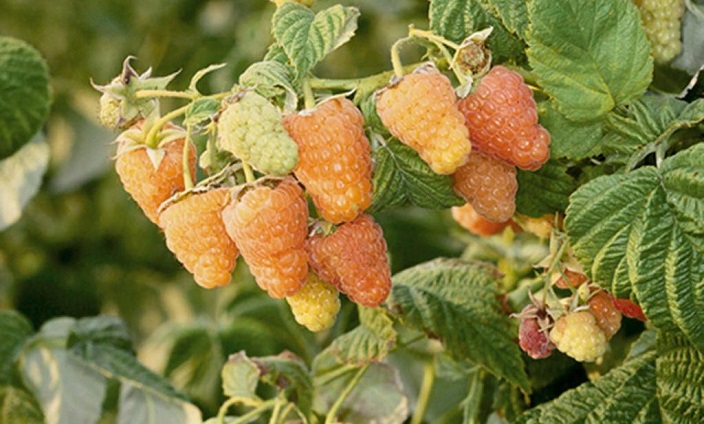
Raspberry Krepysh begins to ripen in mid-June
Feature of planting seedlings
After completing the preparatory work on fertilizing the soil, you can start planting seedlings:
- prepare a hole (trench), add fertilizer if necessary, plant a seedling in such a way that the root collar is literally 1-2 cm deep into the ground, carefully sprinkle the root system with earth in the form of a hill, you cannot tamp the soil;
- after planting, cut the trunk of the plant so that about 30 cm of the seedling rises above the ground;
- dig a small depression around the future shrub, pour about 5 liters of water into it. In wet soil, watering is not required after planting.
Attention! In the case of deepening of the root collar by more than 2-3 cm, it may be rotting during watering. Also, it should not be too "bare", otherwise there is a high probability of destruction of the plant by frost.
Care of the Strong Man
Strong raspberry tree gives a good harvest with proper planting and care. Care includes timely watering, pruning, soil replenishment, preparation for the winter period:
- Gardeners have different opinions about Krepysh's pruning. Someone considers the end of autumn to be the most favorable time, someone - the beginning of spring. In any case, this procedure is simply necessary, since all old and broken branches are removed. Shoots are cut off somewhere by 20 cm. Annual plants by the beginning of July, on average, reach a height of up to 1 meter. Therefore, all the tops are pinched 15-20 cm. By the end of summer, it is recommended to repeat the process. This procedure is carried out only on annual plants;
On a note. Correct pruning can increase yields by 1.5-2 times.
Important! In case of accidental damage to the base of Krepysh, it is imperative to cut the trunk a few cm below the breakage, otherwise the tree will die. Full rehabilitation of the damaged plant will take at least 2 years.
- The strong man loves moisture, so it is recommended to water it once every 5-6 days at the rate of at least 5 liters. But excessive watering threatens decay of the root system;
- Loosening the soil fills it with oxygen. In addition, all weeds are removed;
- Top dressing should be used in the first half of March, for this the bush is watered with urea. During the flowering period, using potassium or phosphorus, the plant can be sprayed using a syringe;
- In preparation for the winter period, the tree can be covered with agrofibre - it will protect against severe frosts. It is recommended to use a white covering material with a density of at least 60 grams. per sq.m. It is "put on" in the form of a dome, covering the branches and trunk. In summer, from the burning sun, you can also use any covering material of white color of minimum density, for example, No. 17. Agrofibre perfectly permits air and moisture, but retains ultraviolet burning rays that are harmful to the leaves;
- Tying the bush is usually not required, but if desired, sticks with taut wire can be used to support the branches.
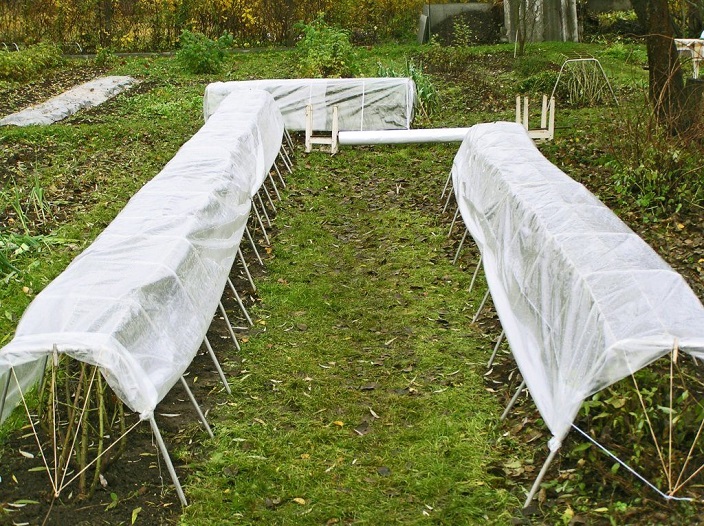
Preparing raspberries for the winter time
The opinions of summer residents about the varietal variety of raspberries differ. But the standard Krepysh variety is in high demand. According to reviews, it is very unpretentious in care, it takes root quite easily when planting, and most importantly, it bears fruit for almost the entire summer season.
